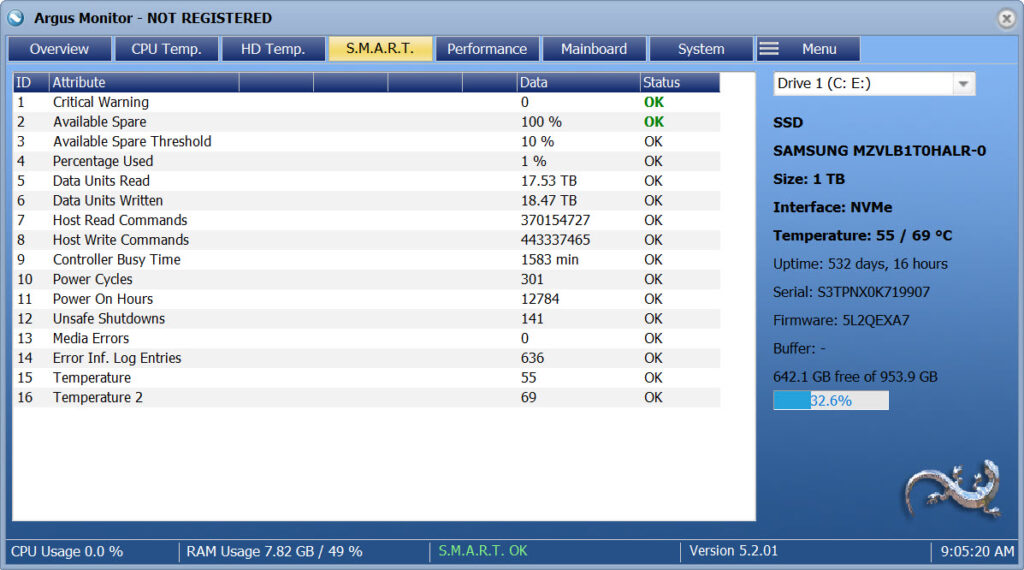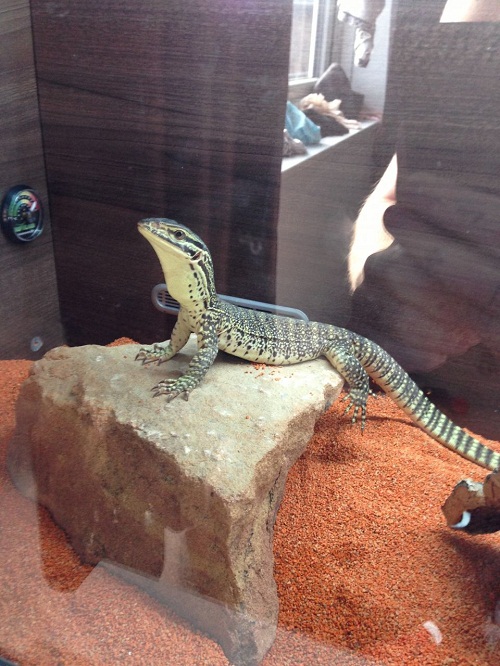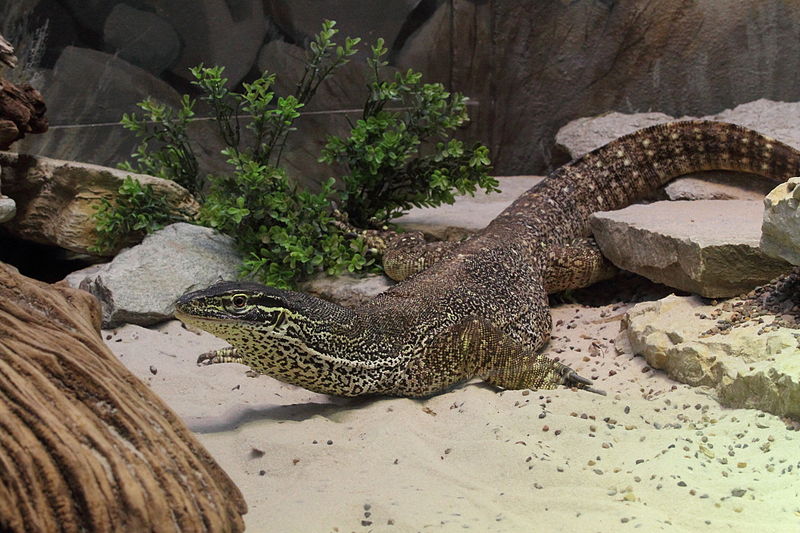

The concept is large prey handling, and your attempts to write it off are incredibly dismal. Irrelevant to the context of the conversation. (Same weight, perentie longer, thus lighter built)īut again, it is basically a smaller version of the perentie as they are in the same clade. If a relatively fragile mulga can survive a prolonged bite and shake and get off without a cut, a lace monitor can easily survive the attack of the perentie and skewer the longer more lightly built monitor. Thus, it almost dies by a mulga bite while a lace monitor puts away a python of the same length. Compared to the lace monitor, the perentie has a narrower neck, and smaller less recurved teeth as seen by the size comparisons scaled by your svl lengths (81 for the perentie and 76 for the lace). The bite and shake method requires recurved teeth that tear at prey as well as a strong neck that generates power. Yes, there was a case of a large perentie killing a mulga, but that mulga had just eaten a carpet python and I expect you of all people to know that after a snake ingests a large meal, its in a vulnerable position.Ĭompared to this where the lace is able to latch on with its longer teeth and put away the python for good. In the end the mulga even postures at the perentie chasing it away as the perentie has done zero damage with its bite and shake. There was a video of a perentie attacking a mulga but due to its smaller teeth it wasn't able to do much damage to it and had to let it go because the mulga was striking at the perentie and almost bit it.
#ARGUS MONITOR SIZE FULL#
Pythons are larger than mulgas and stronger at parity so they are the tougher prey to overpower, nevertheless, I doubt a perentie can take a full grown healthy mulga. However, they are able to hold their own against smaller pythons with their impressive dentition while there are no cases of a perentie taking snakes similar in size to themselves. Even lace monitors fall prey to carpet pythons.

A python is much harder for a goanna to kill compared to a venomous snake as the goanna must control the head and the python can constrict them. Literature states that lace monitors are predators of carpet pythons and that perenties fall prey to them. I don't know where the "toughness" line comes into play, lace monitors do not usually make a habit of eating pythons, per the dietary research, so i don't know how relevant that'll be here.


What links to the "scientific literature" have you shown in relevancy to that? Because, just a heads up, per the literature, perenties kill most of their prey in this manner ("violent shaking"). You can even see the perentie do that with the mulga snake. it is not lace monitor specific and has nothing to do with the "long teeth". The purpose of this comparison was to show that the skull morphology is remarkably similar, and as the images are not to scale, i would hesitate to jump to such a conclusion as you have as a whole you're placing way to much of an emphasis on this supposed advantage, whilst simultaneously ignoring the predatory capacity and ability that the animals in question show, and in that case, they are very similar - the perentie is simply not outgunned, in that capacity.Īll monitors do this with snakes, really they do this with any elongated prey animal. Perentie teeth are recurved as well, so i'm not sure that's even the issue there. Thus, it should be fair to say that the perentie is outgunned. Which is to be expected given that the komodo and croc which are the lace monitor's closest relative share advanced dentition while the mertens and argus monitor which are the perentie's closest relatives don't. 6 cm on this ruler, but its probably longer given that the lace monitor's teeth are curved. The lace monitor to perentie teeth ratio is 1 cm to. I scaled your comparison to a ruler and the lace monitor's teeth are twice as long. Your size comparisons, the lace has longer teeth


 0 kommentar(er)
0 kommentar(er)
